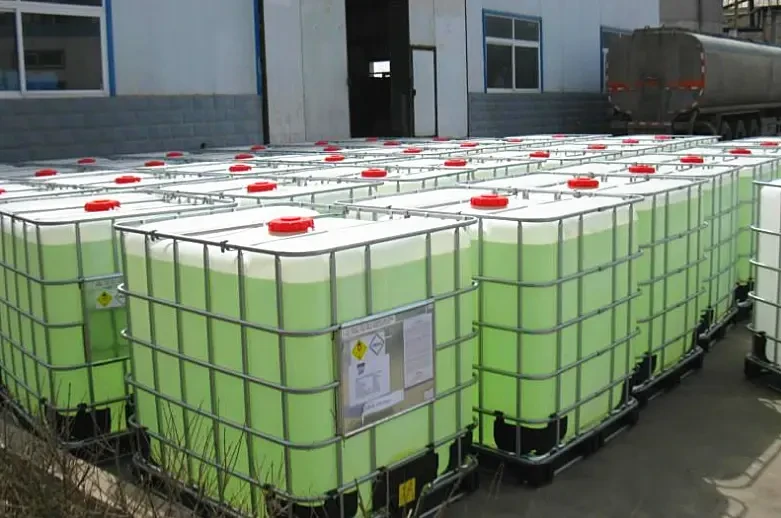Water Purification Chemicals Ensuring Safe Drinking Water
Water is an essential resource for life, yet access to clean drinking water remains a challenge for many communities around the world. As populations grow and industrial activities increase, the demand for effective water purification has become critical. This is where water purification chemicals play a pivotal role. These chemicals are used to treat water, making it safe for human consumption and reducing the risk of waterborne diseases.
Importance of Water Purification
Water pollution is a major global issue, caused by various factors such as industrial waste, agricultural runoff, and inadequate waste management. Contaminated water can carry pathogens, heavy metals, and chemicals that pose significant health risks. This makes water purification crucial for public health, especially in areas where water quality is compromised. The primary objective of water purification chemicals is to remove impurities and ensure the water is free from harmful contaminants.
Common Water Purification Chemicals
1. Chlorine and Chloramines Chlorine is one of the most widely used disinfectants in water treatment. It effectively kills bacteria, viruses, and other pathogens. Chloramines, which are formed by combining chlorine with ammonia, are used as a more stable alternative for disinfection. They provide prolonged protection against bacterial regrowth in the water distribution system.
2. Alum (Aluminum Sulfate) Alum is a coagulant used to remove suspended particles from water. It works by causing tiny particles to clump together into larger ones, which can then be easily removed through sedimentation or filtration. This process greatly improves water clarity and reduces turbidity.
3. Activated Carbon This chemical is essential for removing organic compounds, chlorine, and other contaminants through adsorption. Activated carbon filters are known for improving the taste and odor of drinking water, making it more palatable.
4. Polymer Flocculants These are used to enhance the coagulation process. Polymers work by binding smaller particles together, facilitating their removal during filtration. They are effective in treating wastewater and are increasingly used in drinking water treatment to improve efficiency.
water purification chemicals

5. Ozone As a powerful oxidant, ozone is used for disinfection and removing organic contaminants. It has the advantage of breaking down pollutants without leaving harmful residues. However, its instability and cost can limit its use in some applications.
6. Hydrogen Peroxide This chemical is often used in combination with UV light for advanced oxidation processes. It effectively kills pathogens and breaks down organic pollutants, making it suitable for both drinking water and wastewater treatment.
Environmental Considerations
While water purification chemicals are vital for ensuring safe drinking water, their use must be managed carefully to avoid adverse environmental effects. Overuse of certain chemicals can lead to the formation of harmful by-products. For instance, chlorination can produce trihalomethanes, which are potentially carcinogenic. Therefore, treatment plants must balance effective purification and safety, opting for the right chemicals and dosages.
Future Directions
Innovation in water treatment technologies is evolving rapidly. The development of alternative disinfection methods, such as UV radiation and advanced membrane filtration, aims to reduce reliance on traditional chemicals. Additionally, research into biodegradable and eco-friendly purification agents is underway, promising a more sustainable approach to water treatment.
Conclusion
Water purification chemicals are indispensable in the quest for safe drinking water. They help mitigate the risks associated with contaminated water, ultimately protecting public health. As technologies evolve and the demand for clean water grows, a careful and informed approach to the use of these chemicals is essential. By continuously improving water purification processes and exploring new alternatives, we can work towards a future where everyone has access to safe and clean drinking water.

